From matchboxes to movies and millets!
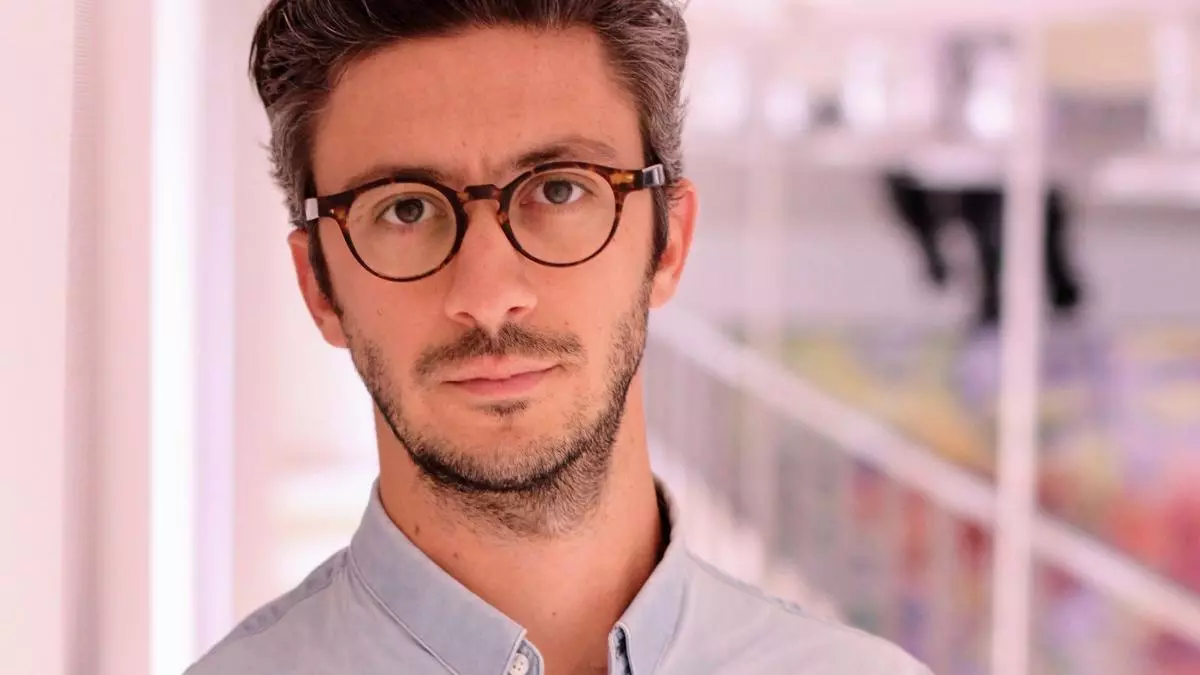
I’m looking at a particularly enticing photograph of honey-glazed carrots with sorghum salsa. A few seconds before that I was considering for the first time in my life if an amaranth porridge with blueberry compote might be worth giving a shot for breakfast the next morning.
The new Millets: Seeds of Change online exhibition lets you download a millet-forward recipe book created by professional chefs from around the world.
This sudden interest in millets has been nudged on by the newly launched online exhibition by Google, “Millets: Seeds of Change”. Google Arts and Culture has collaborated with India’s Ministry of Agriculture and Farmers Welfare to celebrate the rich history and growing international importance of millets, of which India is the world’s largest producer.
After checking out the online experience, I caught up with Pierre Caessa who heads partnerships for Google Arts & Culture in India, to talk about the motivation behind millets and more!
How did the idea of launching an exhibition on millets come about?
Pierre – We actually believe that food and gastronomy is culture. And one thing we haven’t done so far – and it was really becoming dear to my heart – is to shed light on the food of India. It’s one of those things that really amazes you when you first land here as a foreigner! So I wanted to make sure that we find these new initiatives around gastronomy. Last year was also the International Year of Millets, so we thought it was the perfect time to take this food program from local (India) to global.

The digital exhibition highlights the history of millets from ancient grains to modern-day superfoods.
What are you hoping the Indian audience takes away from this virtual experience?
Pierre – So much. My first aim with this project is to share stories, through the digital exhibit, that make people fall in love with millets. It’s really about getting people to understand why this crop is actually an amazing promise for the future. Millets also require 70 percent less water in their production cycle, say, compared to wheat. So, in the context of the environment and climate change, this can be a game changer.

The exhibit also features interviews with Chef Thomas Zachariah who’s working to bring back millets to Indian plates.
Google has done a bunch of interactive experiences blending tech and culture. There’s been Matchbox Mementos and the Hindi Cinema exhibit recently. What kind of responses you’ve got from the common consumer?
Pierre – Yes, a few months ago we launched Matchbox Mementos, in partnership with the Museum of Arts & Photography, Bangalore. We worked with an amazing artist, Harshit Agrawal, and curated the experience to let anyone build their own virtual matchbox art collection through a game. Users can walk through virtual bazaars, mining for matchbox labels and artwork.
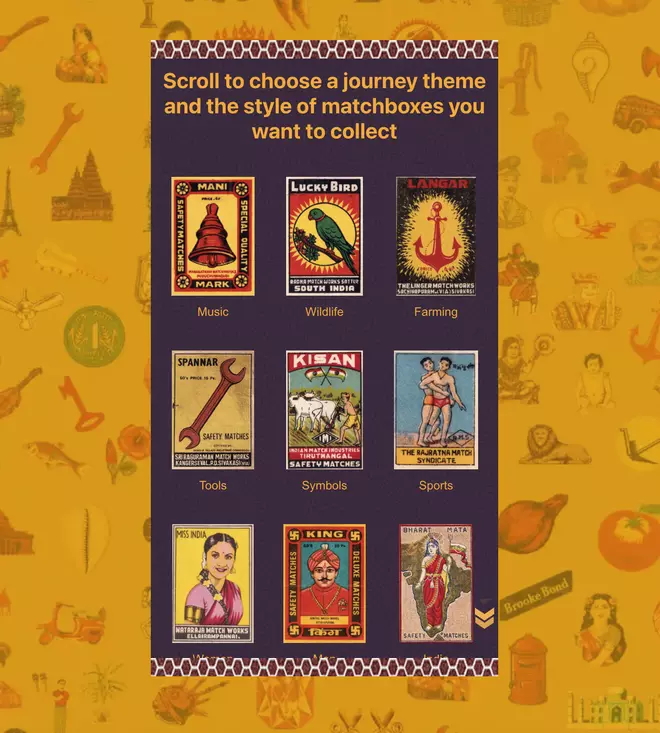
The different categories of matchbox art that a player can collect in the Matchbox Memento exhibition.
The main response was already on-site – a room full of museum aficionados and people who love technology – really excited for one specific reason. They found it to be an enchanting way to showcase this particular heritage.
Our focus is also to get the young crowd excited by culture and heritage. And, using technology in an innovative way, is how we bridge that gap.
Of the India-specific projects that Google Arts & Culture has done, which has been the most fulfilling for you?
Pierre – Of course, it’s hard for me to choose. But I won’t be lying. I think for me Hindi Cinema was a landmark project. Firstly, it got together more than 20 institutes across the country to come together to celebrate a very vibrant cultural form. So this is something that doesn’t happen every day, right?
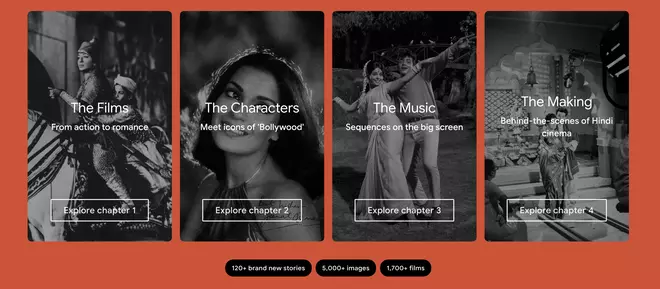
The Hindi Cinema virtual experience allows endless forays into the world of Indian cinema
And, for me personally, it was a great introduction to a topic so big, that I didn’t know where to start. As it is for many people outside of India who are interested in Hindi cinema! But where do you really begin? Do you start with watching Dilwale Dulhaniya Le Jayenge first? Or do you start with something from the 60s? So, this project helped me navigate this enchanting world of cinema.
Crafted in India, the largest online exhibition of its kind showcases Indian handicrafts, handlooms, and the artists behind the art forms. Is there something that trickles down to the weavers and artisans?
This project is really about celebrating the makers and capturing what goes on behind the scenes. Who are those makers? How’s the generational knowledge being passed on? For us, it was a way to shed light on artisans who built these amazing art pieces.
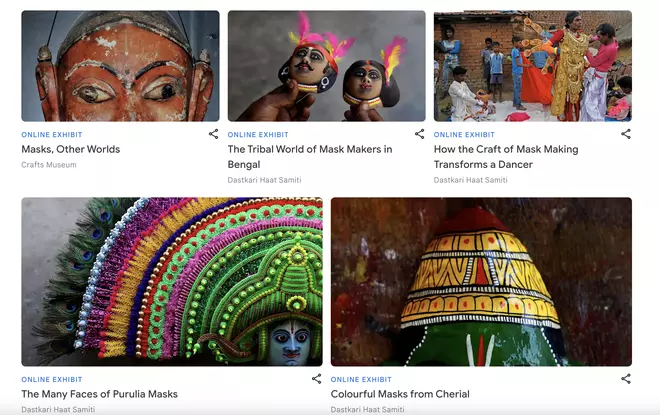
Highlighting art and the artists of India
However, as Google Arts and Culture is a not-for-profit organisation, all the partnerships globally are on a non-commercial basis. Our aim is to make culture and arts accessible to everyone. And that has been supported over the years because I think many people across the company, believe that it’s an important initiative. It’s very much part of our Google DNA to try and make information and culture accessible to everyone online.
(The interview has been edited for brevity and clarity.)

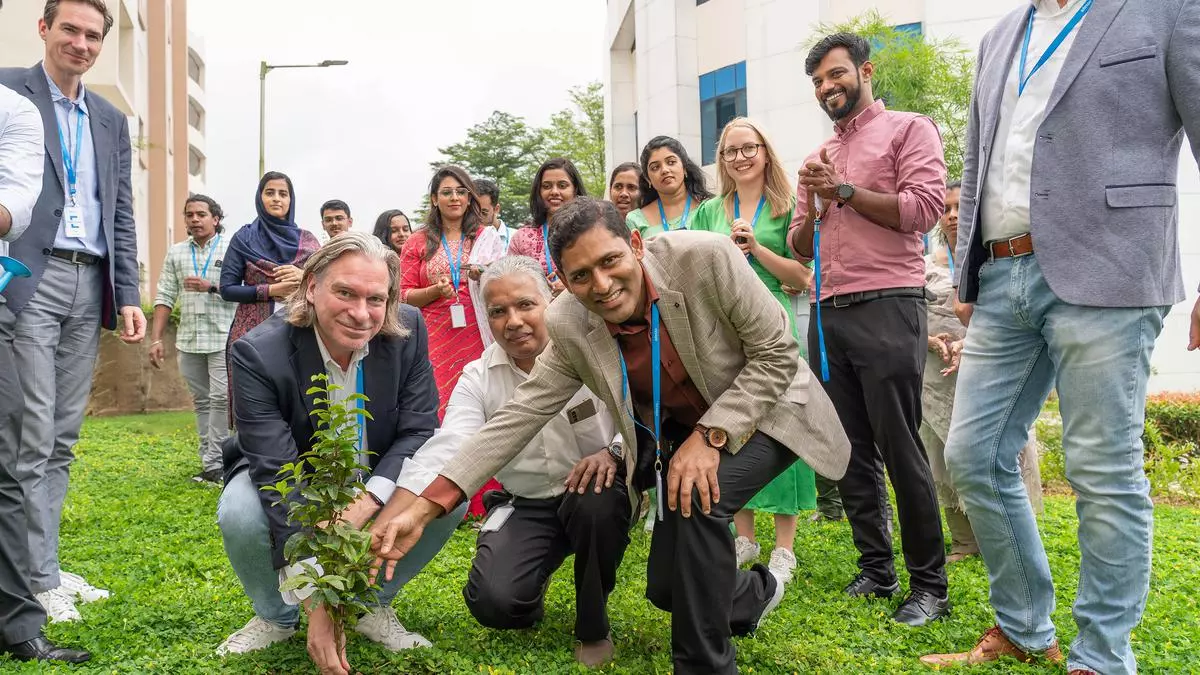

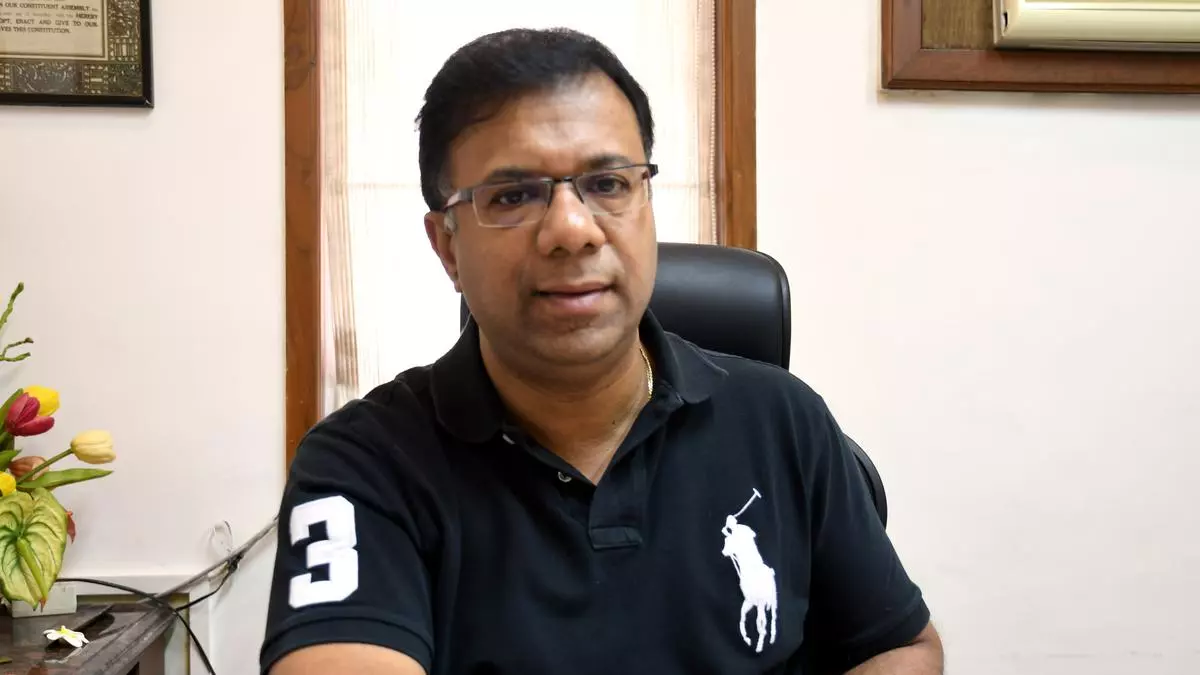
Leave a Comment